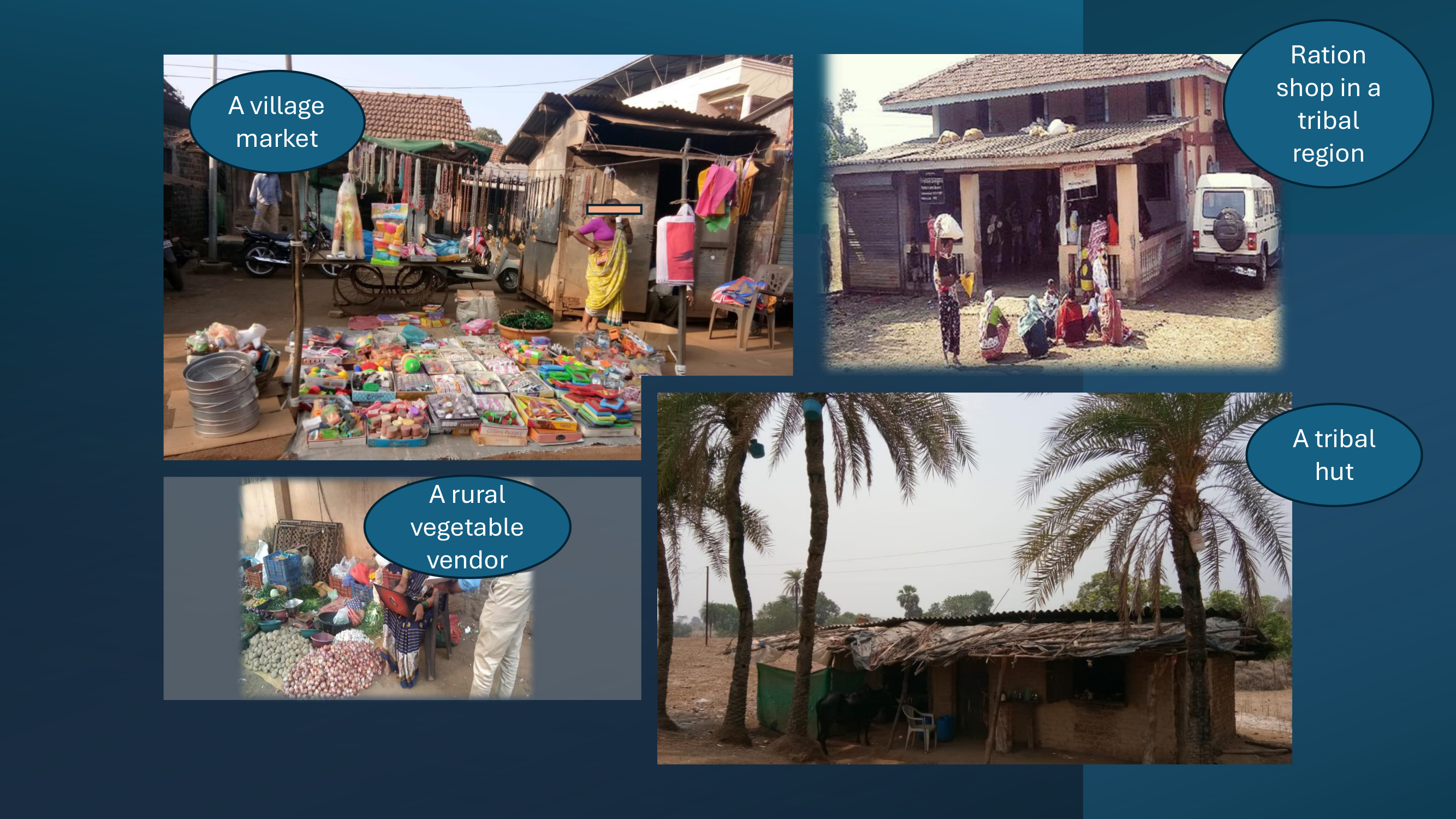City Know-hows

Overweight and obesity among mothers in the urban setting was twice compared to the rural. The percentage of households with an undernourished child and an overnourished mother was high in urban settings.
Share
Target audience
Stakeholders in public health such as health department for specific for women and children, NGOs working in the community for nutrition and health, and research scholars.
The problem
Very few studies have focused on double burden of malnutrition among mother-child dyads particularly in different settings. Distribution of DBM varies according to the settings. Economic growth, level of education, and lifestyle factors are key determinants for the rising trends. Disparities in level of growth and development reflects in different manifestations of malnutrition in different settings.
What we did and why
We studied women and children (295) from urban, rural, and tribal households. We compared the prevalence of double burden i.e., a household presenting an overnourished mother and undernourished child. We recruited the participants from 22 anganwadis from the above settings.
Our study’s contribution
Our study identified that the double burden of malnutrition was highly concentrated in the urban settings. This pilot study identifies:
• The urban settings need immediate interventions
• India still needs to strengthen existing programs to alleviate undernutrition in settings where undernutrition persists.
• The critical need to design setting specific novel strategies to address the double burden.
Impacts for city policy and practice
Our findings suggest the need for double-duty strategies:
• One such strategy is to emphasize appropriate infant and young child feeding practices
• Enabling food environments that are non-obesogenic
• Policies to create awareness among all sections of society groups about the choices of foods
Further information
Full research article:
Comparison of household double burden of malnutrition among mother-child dyads in different settings in Maharashtra by Angeline Jeyakumar, Swapnil Godbharle, Hema Kesa, Pranita Shambharkar, Pooja Bhalekar, Shraddha Chalwadi and Roopan George.
Related posts

The quality of life for autistic individuals is closely linked not only to societal attitudes and the level of support provided by local and national authorities but also to the spatial and formal aspects of their surrounding environment. A key question is: How can urban planners, architects, and decision-makers facilitate the creation of autism-friendly cities?

To improve health and wellbeing in cities, municipality employees, urban planners, architects, politicians, citizens, NGOs and funders can benefit by using the collective impact model for working effectively together.

Our study analyzes the impact of COVID-19 on Hong Kong’s progress towards achieving the Sustainable Development Goals. The study identifies four SDGs that stood out with significant impacts from the pandemic. We offer valuable and transferable insights for policymakers and stakeholders involved in pandemic recovery and sustainable development efforts.